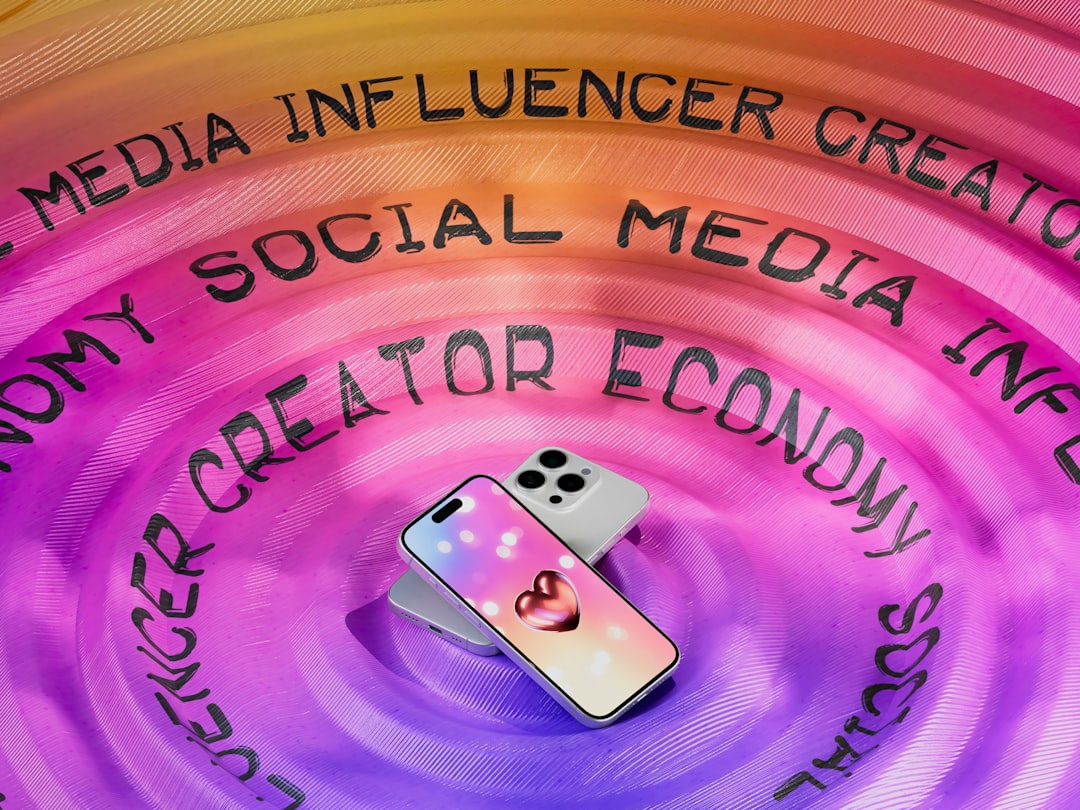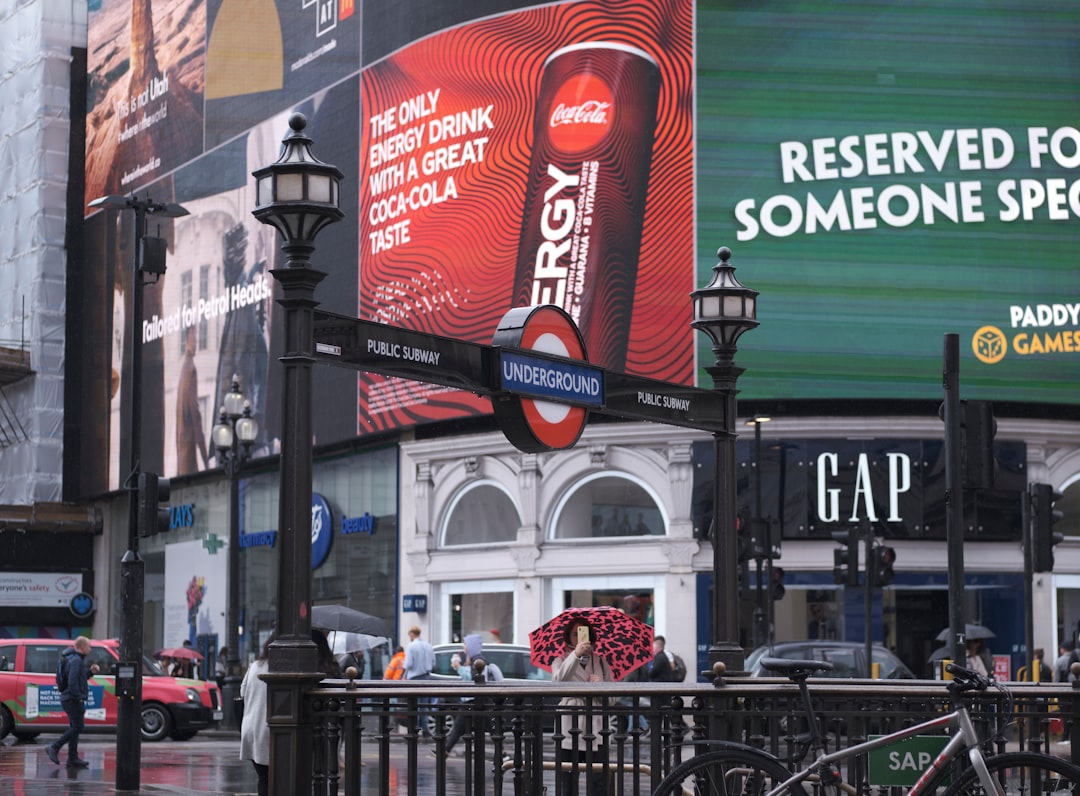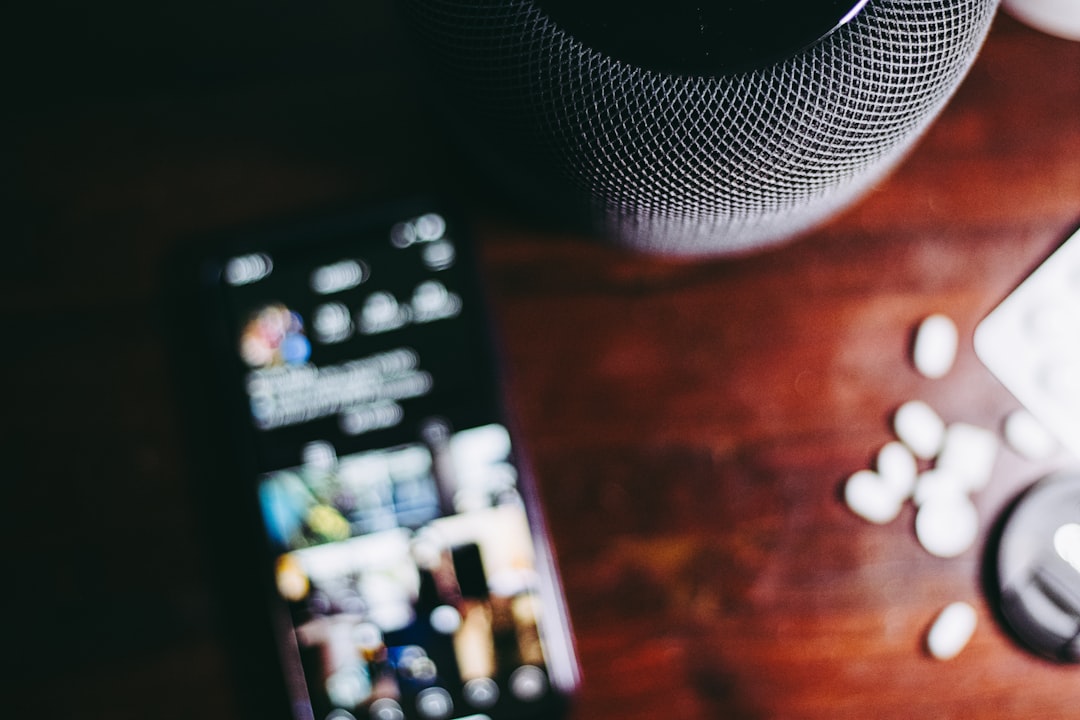In the fast-paced digital landscape of 2025, businesses face a sea of opportunities—and fierce competition—when attempting to capture consumer attention. One of the most powerful tools at their disposal is paid social media advertising. With billions of active users scrolling through platforms like Facebook, Instagram, TikTok, LinkedIn, and X (previously Twitter), leveraging paid social media strategies can significantly accelerate business growth, drive sales, and enhance brand visibility.
The Growing Impact of Paid Social Advertising
As consumers spend more time on social platforms, companies are shifting advertising budgets increasingly toward paid social channels. According to recent digital marketing forecasts, global ad spend on social media is expected to exceed $200 billion in 2025. This growth is driven by the continued evolution of platform algorithms, enhanced targeting capabilities, and the ever-expanding list of features designed to promote shopper engagement, such as Stories, Reels, and shoppable posts.
Paid social advertising offers businesses a scalable, data-driven approach to reach the right audience at the right time with personalized content. Unlike organic posts that have limited reach due to algorithm restrictions, paid ads ensure your message is prioritized and placed in front of your target audience.

Why Paid Social Ads Matter in 2025
Several advancements have made paid social media an indispensable strategy in modern marketing:
- Advanced Targeting Capabilities: Platforms now offer incredibly detailed targeting options. Marketers can define audiences by interests, purchasing behavior, location, age, and even life events, ensuring ad spend is efficient and focused.
- AI-Powered Optimization: Many platforms now use artificial intelligence and machine learning to optimize ad delivery. AI assists in bidding, placement, and even copy suggestions, improving ROI without requiring constant manual intervention.
- Cross-Platform Integration: Paid social advertising tools now allow campaigns to run across multiple platforms with unified metrics and coordinated analytics.
Key Benefits of Paid Social Media for Business Growth
From startups to established enterprises, paid social media can deliver tangible results. Here are the key advantages businesses should consider:
1. Enhanced Reach and Visibility
One of the strongest advantages of paid social is the ability to immediately expand reach. Unlike organic posts, which are shown only to a small segment of a brand’s followers, paid ads reach thousands or millions instantly. This exposure helps brands stay top of mind, especially in saturated markets.
2. Faster Customer Acquisition
Because paid ads can be finely targeted, reaching high-intent users becomes more efficient. Whether promoting a product launch or a special offer, businesses can drive high-quality leads within days instead of waiting months through organic efforts.
3. Data-Driven Decision Making
With access to real-time metrics such as CTR (click-through-rate), CPC (cost-per-click), impressions, and conversions, marketers can quickly gauge campaign performance and adjust in-flight. This level of precision ensures smart spending and better campaign influence over time.
4. Brand Retargeting & Remarketing
Lost a potential customer after they browsed your site? Retargeting campaigns via social media ads can bring them back. Whether it’s by showcasing the exact product they viewed or offering a limited-time discount, paid ads help reel in missed opportunities.

5. Creative Flexibility and A/B Testing
Social platforms allow a wide variety of ad formats—carousel ads, video stories, collection formats, interactive polls—and businesses can test them all. Platforms like Meta Ads Manager allow users to run A/B tests to find out which headline, image, or call-to-action performs best, optimizing budgets for maximum ROI.
Best Platforms to Consider for Paid Social Ads in 2025
Although every platform offers advertising options, each has specific strengths depending on the business type and target audience:
- Meta (Facebook and Instagram): Great for demographic targeting and e-commerce. Offers strong retargeting and visual storytelling formats.
- LinkedIn: Ideal for B2B companies. Offers targeting by job title, industry, and company size, making it highly effective for lead generation.
- TikTok: A top choice for brands targeting Gen Z and millennials. Creative, entertaining video ads thrive on this virally driven platform.
- Pinterest: Perfect for lifestyle and product-based companies, especially in fashion, fitness, food, and decor.
- X (formerly Twitter): Beneficial for real-time engagement, news-related promotions, and authority building.
Tips for Maximizing ROI with Paid Social in 2025
To truly harness the power of social advertising, businesses must be strategic. Here are essential tips to maximize impact:
- Clearly Define Objectives: Know whether you’re aiming for clicks, leads, purchases, or engagements. This guides ad format and targeting.
- Segment Audiences: Don’t use a “one-size-fits-all” ad approach. Tailor messages to specific audience groups for better results.
- Monitor and Optimize: Continuously track performance and adjust creatives, copy, or targeting. Don’t let underperforming ads consume your budget.
- Invest in Quality Creative: Eye-catching visuals and compelling CTAs make all the difference in user engagement.
- Harness Automation: Use platform automation options for budget optimization, bidding, and placement selection.
What the Future Holds: Trends in Paid Social Media
Looking ahead, businesses should be prepared for even more personalized, interactive, and immersive ad experiences. Here are a few trends expected to dominate 2025:
- Augmented Reality (AR) Ads: Platforms like Instagram and Snapchat are already integrating AR features for product trials. Expect more engagement-driven experiences.
- Social Commerce Expansion: With the rise of in-app purchasing, ads will directly drive conversions without users ever leaving the app.
- Privacy and First-Party Data: As cookies fade out, advertisers will rely more heavily on first-party data and user consented tracking tools.
- Voice and Audio Ads: With the growth of podcasts and AI voice platforms, expect to see more audio-based ad formats across social networks.
Conclusion
Paid social media advertising is no longer just an option—it is a cornerstone of sustainable business growth in the digital economy. With unmatched targeting, measurable outcomes, rapid scalability, and creative freedom, paid social empowers businesses of all sizes to grow smarter and faster. Companies that invest now in sharpening their paid social strategies will not only stay competitive but likely pull ahead in 2025’s increasingly digital-first landscape.
Frequently Asked Questions (FAQ)
- What is the difference between paid and organic social media?
- Organic social media refers to content posted for free that reaches a portion of a brand’s followers. Paid social media uses ad dollars to reach a broader or more specific audience beyond existing followers.
- Is paid social media worth it for small businesses?
- Yes. With the ability to set custom budgets and precisely target local or niche audiences, paid social can deliver high ROI even for smaller campaigns.
- How much should a business spend on social media ads?
- It depends on your goals and industry. A common recommendation is to start with a few hundred dollars per month and scale based on performance data.
- Which social platform is best for e-commerce?
- Instagram and Facebook are typically strong for e-commerce, thanks to their visual formats and integrated shopping features.
- Can I run paid ads without an in-house team?
- Absolutely. Many businesses hire digital marketing agencies or freelancers to manage campaigns. Additionally, platforms offer user-friendly interfaces that allow business owners to manage basic campaigns themselves.

